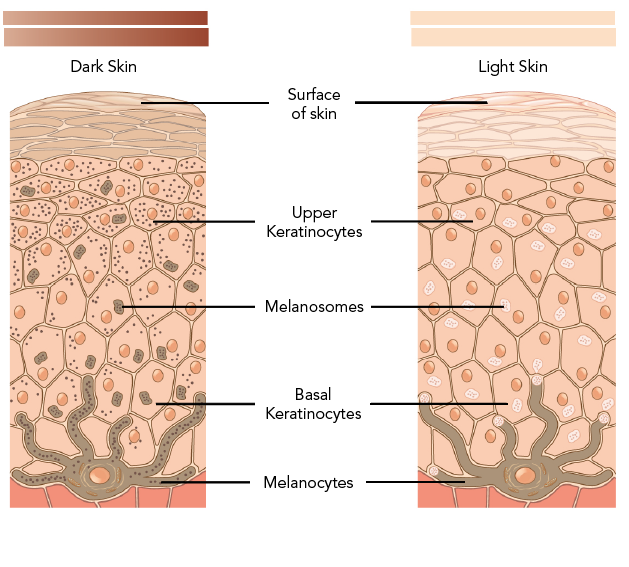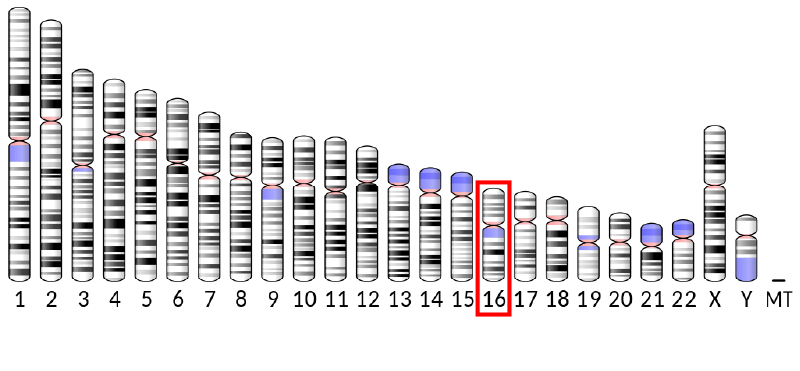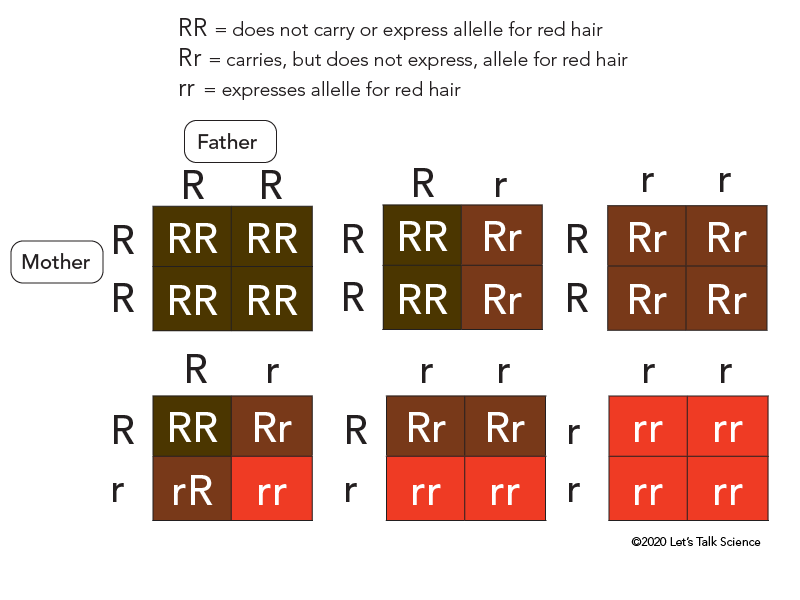The Chemistry of Redheads

Red-haired woman (mihailomilovanovic, iStockphoto)

Red-haired woman (mihailomilovanovic, iStockphoto)
7.29
How does this align with my curriculum?
Curriculum Alignment
AB
10
Knowledge and Employability Science 10-4 (2006)
Unit C: Investigating Matter and Energy in Living Systems
NU
10
Knowledge and Employability Science 10-4 (2006)
Unit C: Investigating Matter and Energy in Living Systems
NT
10
Knowledge and Employability Science 10-4 (Alberta, 2006)
Unit C: Investigating Matter and Energy in Living Systems


